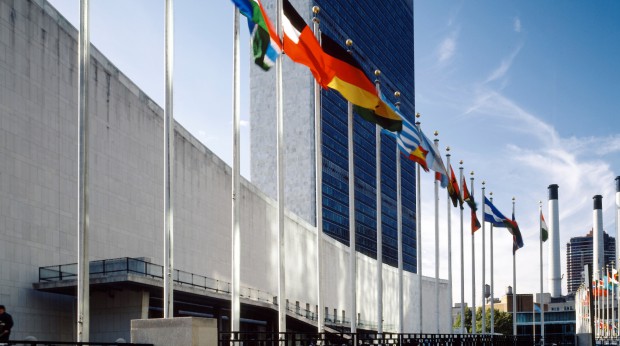
Virtual Engagement of Local Peacebuilders in the Age of COVID-19
Local peacebuilders support communities in breaking through cycles of violent conflict. In this, they have historically relied on in person dialogue to carry out their work, meeting with partners on the ground, making assessments, conducting training and implementing peacebuilding programmes as well as traveling to meet with international peers in workshops or seminars.
The COVID-19 pandemic has completely upended peacebuilding. Social distancing and lockdown measures that were put into effect to stop the spread of COVID-19 in 2020 halted the face-to-face ways that peacebuilding organisations had grown to operate. Peacebuilders were forced to work online which raised the question: How can we foster meaningful virtual engagement?
During the pandemic, technology has been widely used to convene meetings and consultations virtually. This eliminates peacebuilding travel costs and negative environmental impacts whilst making meetings accessible for those who would otherwise not be able to participate.
Virtual space can be a space for dialogue, e.g. GPPAC has used social media to highlight the peacebuilding work that local members are involved in with critical stakeholders. Bridging local and national spheres, social media gives local communities a tool to exert political influence. For example, the red lipstick campaign in the Philippines, in protest of the practice of red-tagging, led to a temporary halt of the practice! Online dialogue groups also complement offline training in the Philippines, showing how social media is a valuable tool for recruiting people into offline dialogue.
Digital technologies can also provide a space for information sharing. In Nigeria, Conciliation Resources are building on innovative work connecting existing Youth Peace Platforms via WhatsApp, sharing information for conducting community dialogue sessions. Their partners have also used local radio stations to share messages, not only about COVID-19, but about emerging conflict dynamics and mitigating tensions to local people.
Whilst reliance on digital tools can exacerbate the digital divide, it can also make peacebuilding more inclusive. In the US, under ‘The Commons’ project, facilitators engage Americans in constructive conversations on polarising topics through Facebook and Twitter, reaching people that would not engage in offline activities. Additionally, UNICEF’s U-report is a free SMS-based platform encouraging young people, who are often left out of peacebuilding, to share their views on what is happening in their communities.
Finally, the internet can be a useful device in education. In 2020, GPPAC launched a 6-week course on theories, policies, materials, and methods for teaching the knowledge and skills needed for social emotional learning, conflict resolution and peace education through e-learning and web-based tools.
Online peacebuilding should not be thought of as a temporary response to the COVID-19 pandemic. Digital technologies innovate forms of engagement and should be used to champion peacebuilding in the long-term.
Thinking beyond COVID-19:
- Online peacebuilding engagement work must continue, however, it should complement offline work.
- The advantages of meeting virtually should be embraced and peacebuilding events should continue in a hybrid format.
- CSOs should invest in training local peacebuilders on how to effectively use digital tools and meaningfully engage with others online.
- The international community needs to address the digital divide, which disproportionately affects women and girls, a priority. An inclusive and diverse peacebuilding community cannot be established online without this.
Peacebuilding organisations should harness the inherent benefits of the digital space in reaching young peacebuilders and other groups who are left out of offline interactions.
